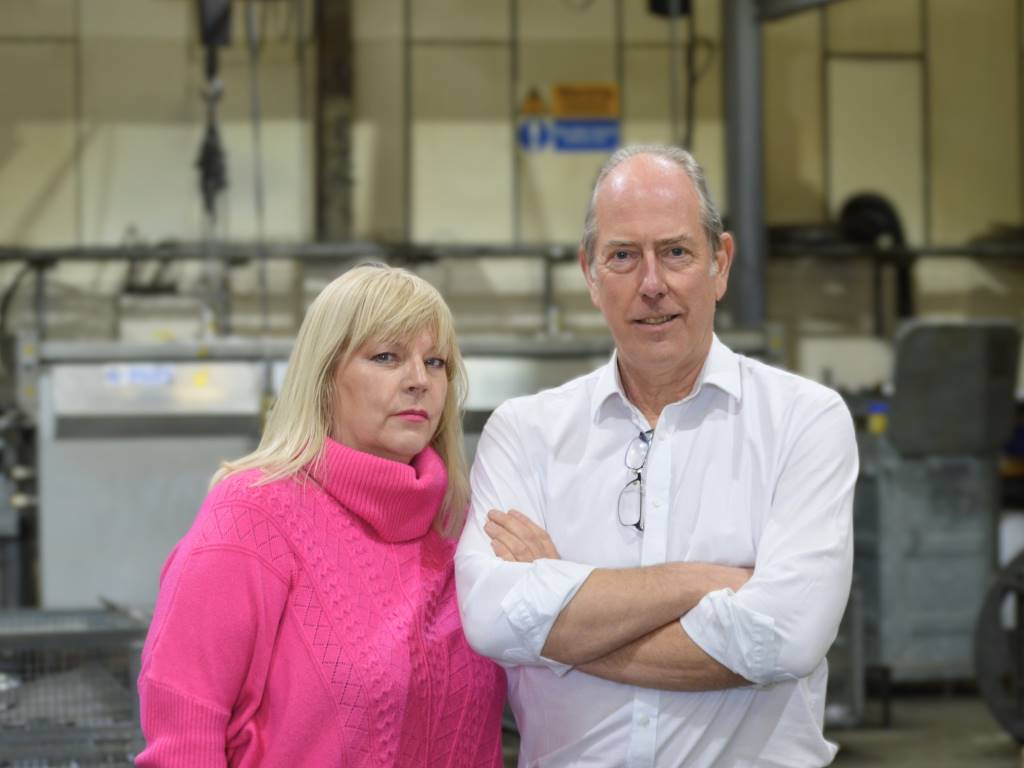The risks to human safety when using robots in manufacturing

The rise of the machine has been a popular theme for film and fiction for decades. The idea of robots taking over our jobs, the human race and eventually the world both fascinates and repels us.
While some headlines are nothing more than scaremongering, the truth is that robots have been used very successfully for years in manufacturing and other working environments, making processes easier, more time efficient and cost effective, and, in many instances, safer.
Ever since the industrial revolution we have been developing ever more sophisticated machines to improve productivity and carry out repetitive, menial and sometimes dangerous tasks.
However, the number of applications where machines or robots can help is expanding rapidly. There is evidence of this in the NHS, where robots are being used in complex surgery. It’s now widely acknowledged that robotic surgery is more precise than traditional surgery. The NHS has stated that the use of robotic surgeons is likely to treble.
In manufacturing, there are obvious benefits in increasing the use of robots. Robots are quicker, more efficient, more precise and in the long run, arguably cheaper. However, as robots become technically more advanced, the potential risk they could pose to their human operators/co-workers should not be underestimated.
Traditionally, robotic systems are separated from humans to minimise the risk of injury. However, new ISO specifications and advancements in robotic technologies mean the physical gap is narrowing, allowing for closer collaboration between robots and people.
What’s the risk?
This trend towards overlapping working environments means that robots and humans will come into much closer contact with each other. Therefore, businesses need to carry out comprehensive risk assessments to protect their workers and themselves, both legally and financially, should anyone be injured or harmed in any way.
At first glance, it seems quite straightforward; a robot is a product, so if it causes a problem, either the product is at fault or the operator. A company purchases a robot to carry out a particular task. The robot has been designed, programmed and tested to perform an intended function. If the instructions and safety guidelines issued by the manufacturer have been followed, who would be responsible if it malfunctioned and harmed someone?
Historically it has been argued that the fault lies with the manufacturer of the robot. The case of Robert Williams, who was killed by a robot while working at a Michigan Ford factory in 1979, was the first recorded. Williams entered the area in which the robot was operating because it was not functioning correctly; he was killed instantly when the robot arm swung and hit him in the head. Williams’ family sued the robot manufacturers for $15 million, later settling in court for $10 million. Ford was not held accountable for the death of their employee.
Technology has moved on from the 1970s: sensors to detect humans are now fitted as standard to most robots. Given how much robot technology has advanced, the question is: does the legal responsibility for human safety lie with the software engineers who programme the machines, or to the machines’ owner?
Legally, this is still a grey area. The robotic software has to undergo thorough testing with the use and limitations of the robot being clearly delineated. These need to be agreed and signed off by both the software and mechanical engineers. This can help determine where the fault lies in the event of a problem.
Businesses need to ensure appropriate health and safety procedures are followed. This can include using cages and barriers to protect employees as well as providing the correct training and supervision when operating machinery. If the appropriate safety precautions are in place, businesses are less likely to be held accountable for injuries sustained by employees.
As advancements in technology are moving more quickly than case law, it is hard to define where legal accountability may lie. For now, business owners would be well advised only to use robots for their designed and intended use, always follow the manufacturer’s guidelines, and ensure all employees are adequately trained and follow safety guidelines to the letter.
Wright Hassall www.wrighthassall.co.uk













